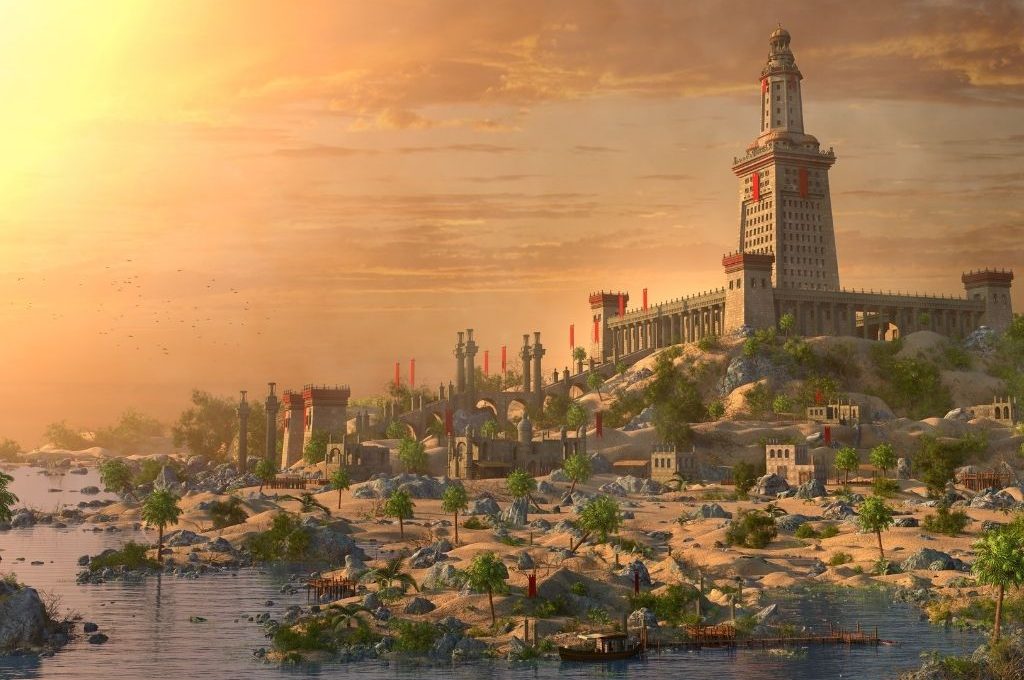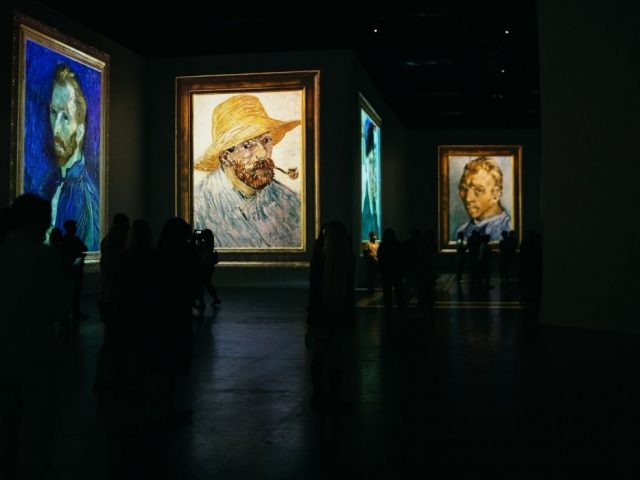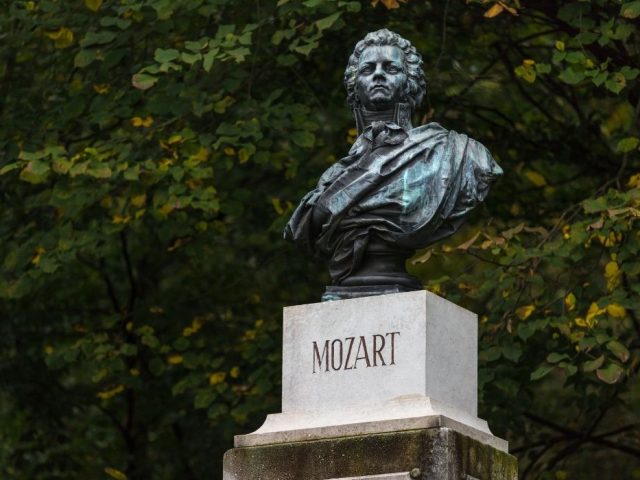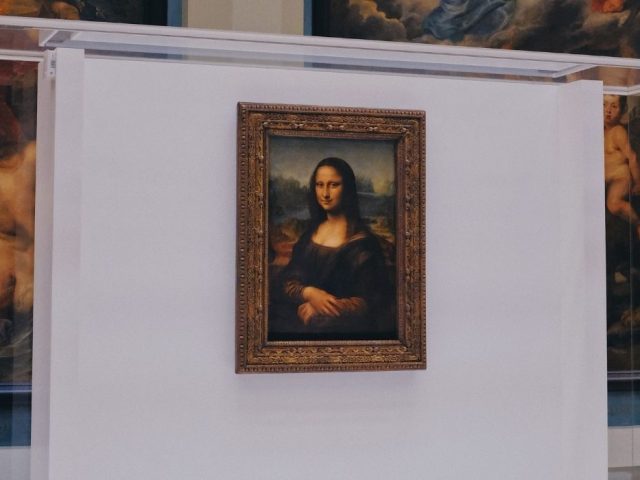The Lighthouse of Alexandria, the Pharos of Alexandria, was one of the Seven Wonders of the Ancient World. This impressive structure was in the Egyptian city of Alexandria and was built during the reign of Ptolemy II Philadelphus in the third century BCE. The Lighthouse was one of the tallest structures in the world at the time and was a symbol of the city’s power and wealth.
🛎️ Reminder: To explore the Lighthouse of Alexandria with your digital tour guide, don’t forget to download Piri Guide! 😊
Who Built the Lighthouse of Alexandria?
This is quite a controversial question because the answer to “Who built the Lighthouse of Alexandria?” has been argued for years.
The Greek historian and geographer Strabo noted in his writings that there was an inscription on the lighthouse that read: “Sostratus the Cnidian, friend of the sovereigns, dedicated this, for the sake of the safety of those who sail the seas.”
Sostratus was reportedly a relative of Ptolemy I Soter and has been recognized as the designer and architect of the Lighthouse of Alexandria, thanks to Strabo’s note. As a very wealthy man of his time, he is actually thought to have been the financier or the sponsor of the Lighthouse of Alexandria rather than its architect.
Why Was the Lighthouse of Alexandria Built?
The lighthouse was built for practical purposes. The coasts of Egypt were quite dangerous and many ships sank in the nearby reefs. Shipwrecks caused numerous casualties and material damage. Therefore, there was a need for a lighthouse that would show ships a safe way to enter the port.
The lighthouse made “Alexandria” known worldwide. It would successfully attract ships trading on the seas to the Port of Alexandria. The fame of the lighthouse was so widespread that in Western languages, people started to use the word “pharos” instead of “lighthouse”. The French say phare, the Italians say faro, the Spaniards say faro, and the Turks use the word far to refer to car headlights.
History of the Lighthouse of Alexandria
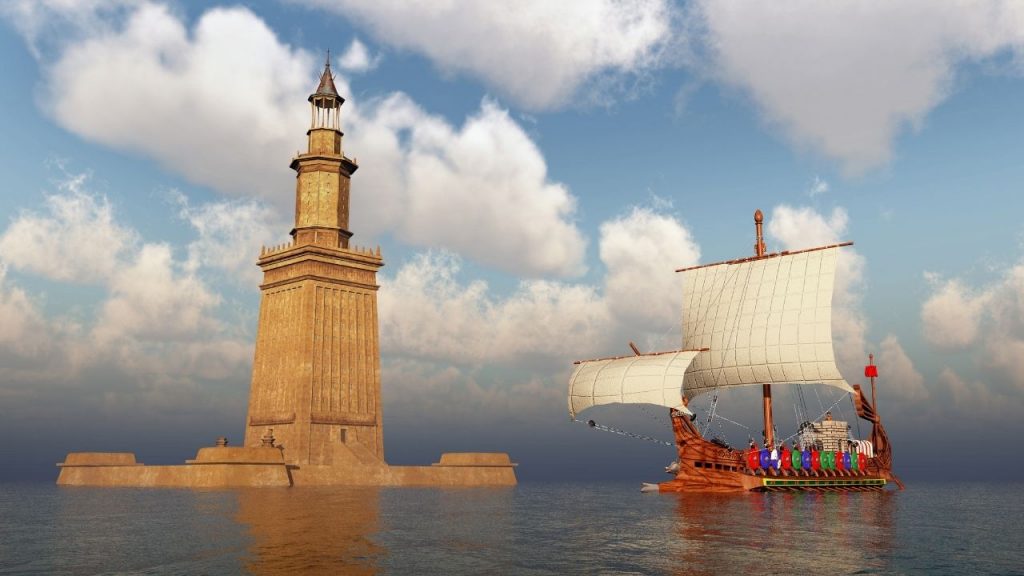
We’ve talked about the history of the Lighthouse of Alexandria. Yet, we should remind you that you can find more on Piri Guide mobile app. Piri Guide detects your location, offers you the best travel routes, and starts telling you the hidden stories of wherever you are. All you have to do is to get your headphones or earbuds and follow the path at your own pace. Then, don’t set out for your trip before downloading the digital travel guide! 😊
A Symbol of Wealth and Great Architecture
The lighthouse was located at the eastern end of Pharos Island, where the Citadel of Qaitbay stands today. Pharos Island was a very small island. Over time, the alluvium carried by the Nile River turned this small island into a peninsula. Experts believe that the island was 5- 6 meters higher during the construction of the lighthouse than it is today.
The Lighthouse of Alexandria was a three-story structure that exceeded 100 meters in height. The first floor of the lighthouse was a square mass with columns, railings, and ornaments.
The second floor, narrower than the first, was in an octagonal form. The third floor was even narrower than the second and had a cylindrical shape. There was a statue of Zeus Soter on this floor. Soter is a title that means “savior”. The statue was at least 5 meters tall, but some even claim it was 15 meters tall. There is also a belief that there was a mirror on the top floor.
The Lighthouse of Alexandria was not just a lighthouse and a place of worship during that time. For example, on Thursdays, the door of the minaret would be open. People would eat the food prepared here, complete their worship, and then spend time in the area where the lighthouse was located.
The Destruction of the Lighthouse
In the 7th century, the Caliph of Umayyad conquered Egypt. He heard a rumor that Alexander the Great had buried his treasures where the Lighthouse of Alexandria stood. It was said that the lighthouse was built on top of these treasures. The treasure hunt caused damage to the Lighthouse of Alexandria, making it vulnerable to earthquakes.
Unfortunately, the lighthouse experienced irreparable damage in an earthquake that occurred in the early 1300s. The date of the collapse was August 8, 1303, in a manuscript. After the earthquake, people abandoned the lighthouse.
One of the last depictions of the Lighthouse of Alexandria before its collapse – and the closest representation to reality – is in a mosaic dating back to the 1200s. This mosaic is in the Zeno Chapel of St. Mark’s Basilica in Venice. It depicts the Lighthouse of Alexandria and the ship on which Saint Mark is sailing behind it.
While you are here, don’t forget to check out The Great Pyramid of Giza: A Door to the Ancients! 😊

